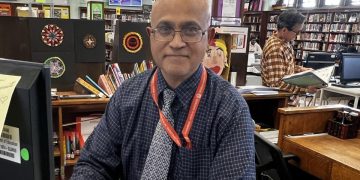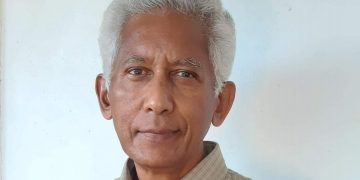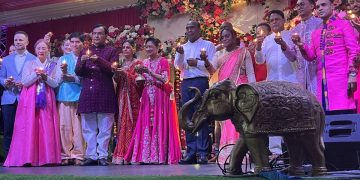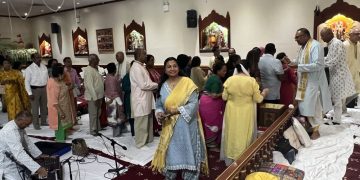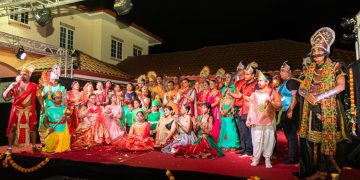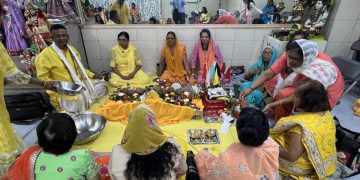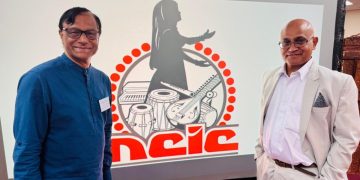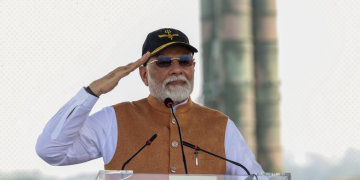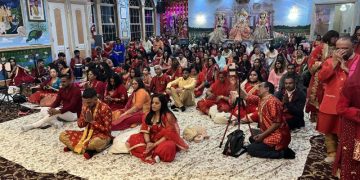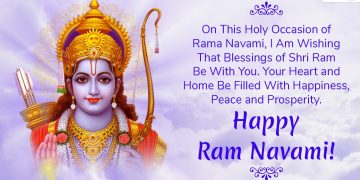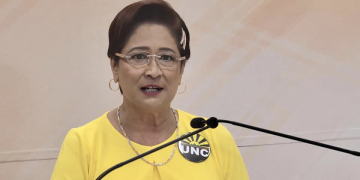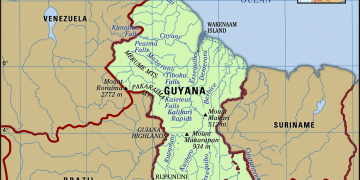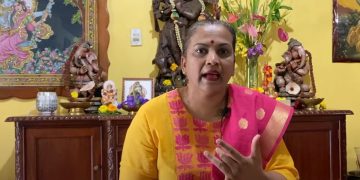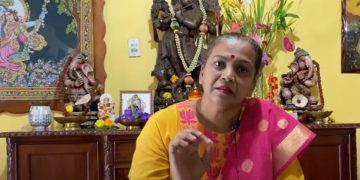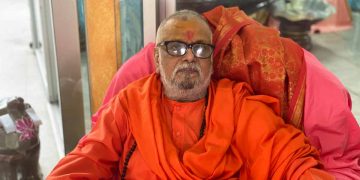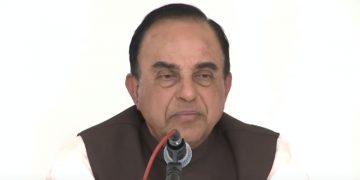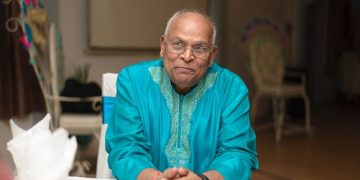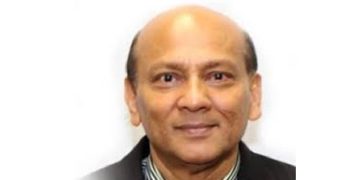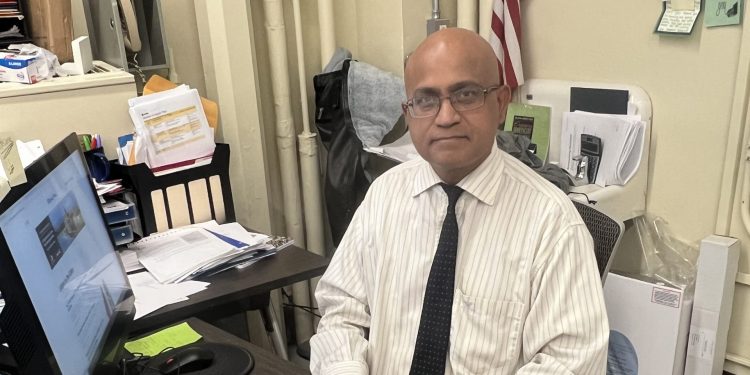When describing their place of worship, most Guyanese Hindus tend to use the term ‘church’ – I am going to church or I went to church. They are incorrect. Hindus, and Indians in general, should use ‘mandir’ instead of church to describe their place of worship. Guyanese, as opposed to other Indians in the diaspora, tend to use the word church instead of mandir when describing their place of worship. They are wrong and should use the right term. A Christian would not and will not say he went to mandir or temple for worshipping. Christians will not like for their place of worship to be called a mandir or temple.
A church is very specific – means a place where Christians tend to worship. Instead of church, Hindus could use ‘temple’ to describe their place of worship. In fact, many Hindu place of worship has Temple in its name ending – Shiva Temple, Gyaan Bhakti Temple, etc. A temple could be a place for worship of Jews, Hindus, Buddhists, Jains, etc. A mandir is very specific – means a place where Hindus, and only Hindus, worship.
Affiliated with Hindu worshipping and greeting, is the term “Namaste”. Instead of saying good morning or good afternoon, or good evening, one can simply say ‘Namaste”. Instead of shaking hands as a form of greeting or saying goodbye, one can say ‘namaste’ which means the “divinity in me recognizes and respect the divinity in you”. In India, Namaste is very common! Namaaste does not belong to any faith. Hindus, Muslims, Christians, Buddhists, Sikhs, etc. have been using it forever. It is a traditional way of greeting someone in India for time immemorial. Hindus like me have been using Namaste for decades ever since I came to study in USA in the late 1970s.
During COVID19, people didn’t use handshake as a greeting for fear of contracting the dreaded disease. They started clasping their hands. Namaste uses the clasped hands gesture. “Namaste” is safe – it cannot lead to contracting of any disease. A few years ago, President Trump met and greeted Ireland’s Prime Minister Leo Varadkar (whose father is Hindu), and they both praised the greeting of Namaste. President Obama, President Biden, several other world leaders use ‘Namaste” or clasped hands as a greeting. Clasped hands is “Namaste”. Uttering the word will spread its usage. It is Indian and Indians, regardless of faith, should be proud of its usage. Everyone should use it when answering a phone call or greeting someone in person as this writer does.
A writer of Hindu background penned: “As a born and raised Hindu-American in the US; growing up in the 1980s, all the gatherings that I attended within the Hindu community each and everyone greeted one another with the divine gesture of “Namaste”. It wasn’t just reserved for worship at a Hindu Temple, but also for when Hindu households socially interacted and greeted each other. This greeting holds an immense amount of depth. As Hindus we know that Namaste means holding our hands together and bowing to the divinity in you and you bowing to the divinity in me. Additionally, the scientific aspect holds an equal amount of depth. The joining of both hands requires touching the tips of all the fingers together. As a result the pressure points in the eyes, ears, and mind are activated in turn helping us to remember that person for a long time”.
Indians are the originators of the term ‘Namaste’ and must also be promoters of it. Make it mainstream by using it routinely! It is a term that all Indians should be proud of as it is from our ancestors and should be in our everyday usage.














